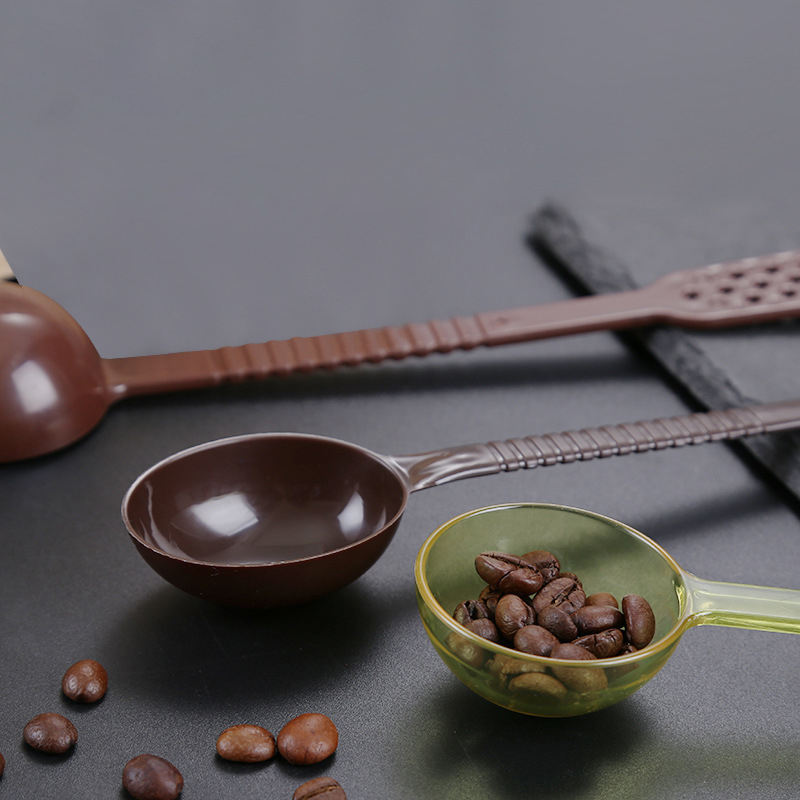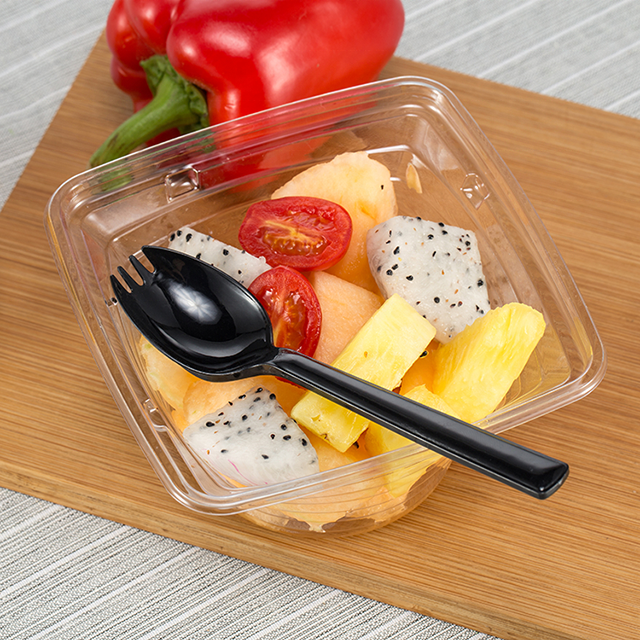The origin of the plastic spoon can be traced back to the early 20th century. In the early 1900s, a man named John Wesley Hyatt invented the first synthetic plastic, which he called celluloid. Celluloid was initially used for billiard balls, but soon found its way into a wide range of products, including combs, photographic film, and buttons.
It wasn’t until the mid-20th century, however, that plastic spoons became popular. In the 1940s, as the United States entered World War II, there was a shortage of metal due to the war effort. This shortage made it difficult to produce metal cutlery, so plastic cutlery, including spoons, was introduced as a temporary alternative.
Plastic spoons proved to be a convenient and cost-effective option for many food service businesses, and they quickly gained popularity. In the 1950s and 1960s, the widespread use of plastic utensils and other disposable products became a symbol of the convenience and consumerism of post-war America.
Today, plastic spoons are widely used around the world and are available in a variety of colors, shapes, and sizes. They continue to be a convenient and practical option for many people, although there is growing concern about the environmental impact of disposable plastic products.



